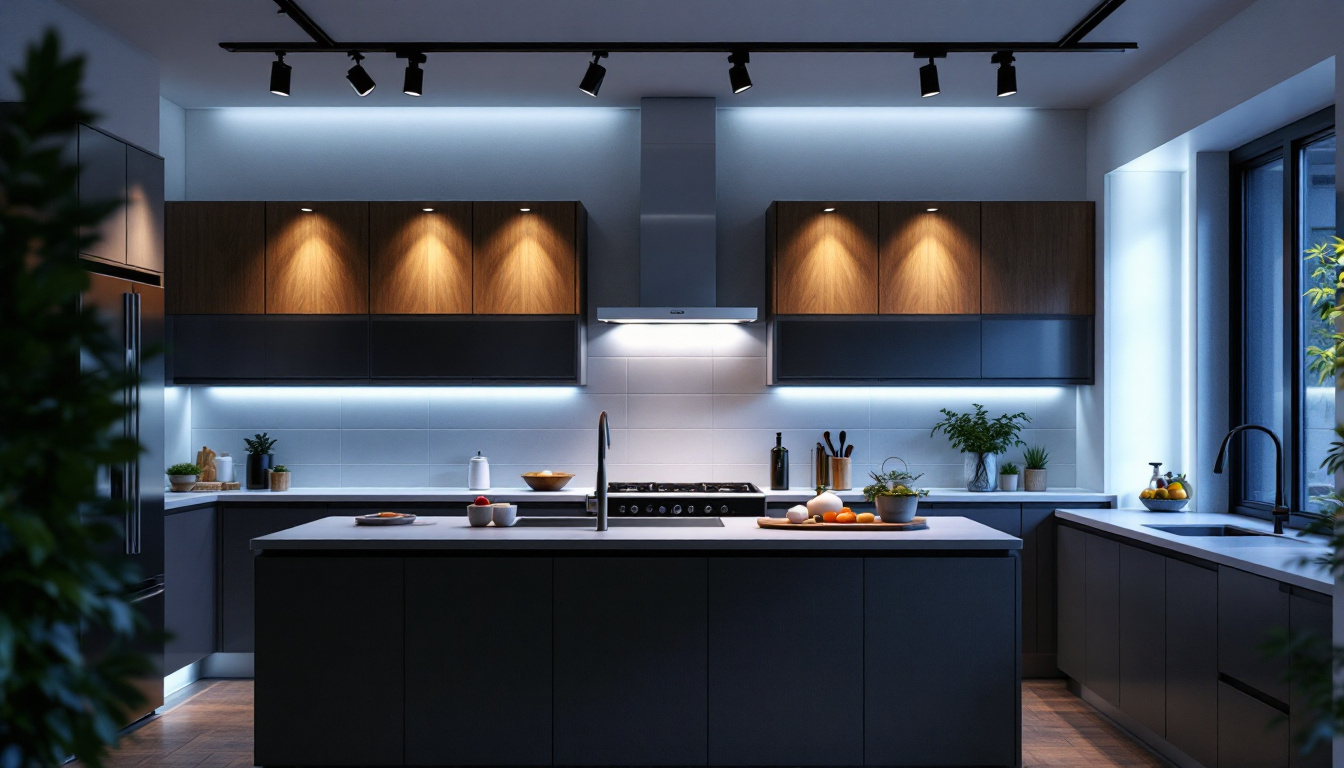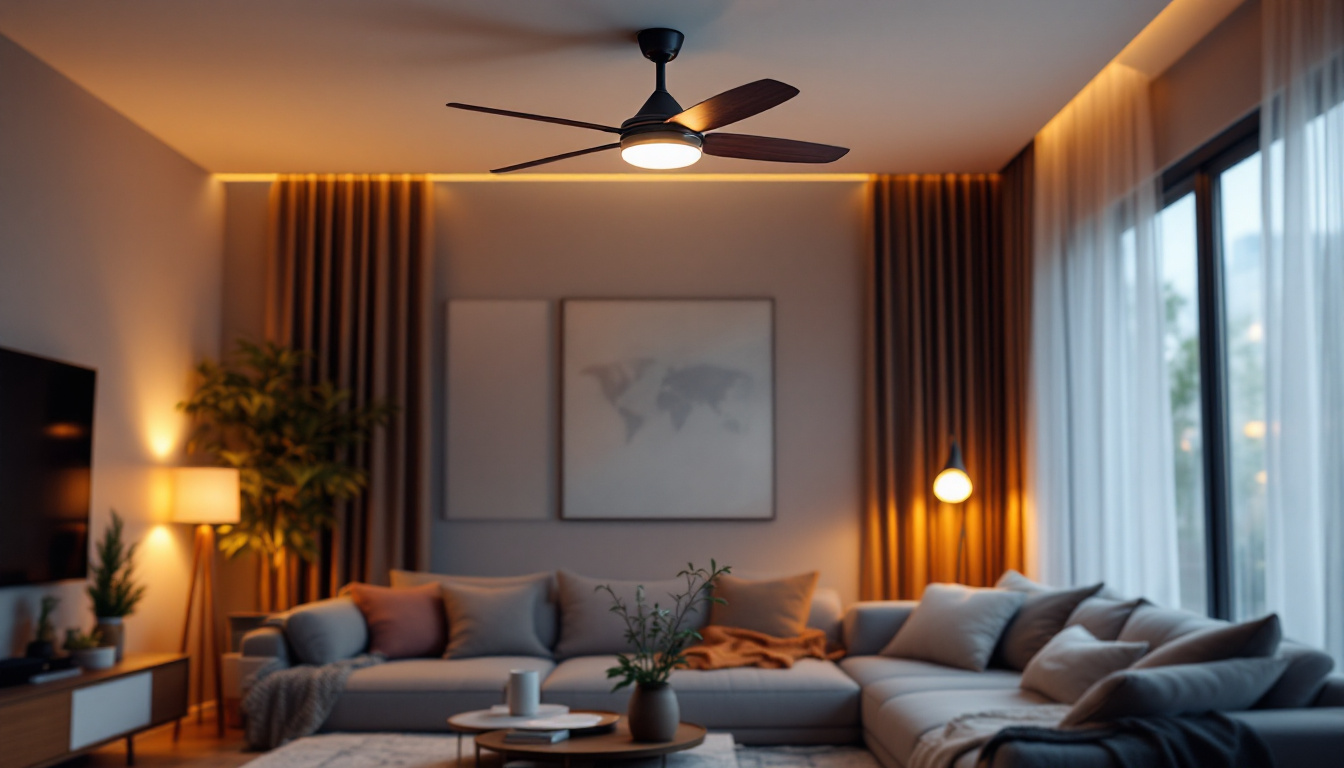
As a lighting contractor, ensuring that every aspect of your installation is up to standard is crucial. One often-overlooked element is the switch for power outlets. This article serves as a comprehensive checklist to guide lighting contractors through the essential considerations when selecting and installing switches for power outlets.
Power outlet switches serve as the control mechanism for electrical outlets, allowing users to turn the power on or off as needed. This functionality is particularly important in areas where safety and energy efficiency are paramount. Understanding the different types of switches available and their applications can significantly impact the overall effectiveness of an installation.
There are several types of switches that can be used for power outlets, each with its own unique features and benefits. The most common types include toggle switches, rocker switches, and smart switches. Toggle switches are the traditional option, providing a simple on/off mechanism. Rocker switches offer a more modern aesthetic and can be easier to operate, especially for individuals with limited dexterity.
Smart switches, on the other hand, have gained popularity due to their ability to integrate with home automation systems. They allow users to control outlets remotely via smartphones or voice commands, providing convenience and energy savings. Understanding the specific needs of the client can help determine which type of switch is most appropriate for a given project. Additionally, some smart switches come equipped with features such as scheduling and energy monitoring, enabling users to track their energy consumption and reduce waste. This advanced functionality not only enhances user experience but also promotes sustainable living practices.
Adhering to safety standards and regulations is non-negotiable in the electrical industry. When selecting switches for power outlets, it is essential to ensure that they meet the relevant local and national codes. This includes ensuring that switches are rated for the voltage and current they will be handling.
Moreover, it is crucial to consider the installation environment. For instance, switches installed in damp or wet areas require specific ratings to prevent electrical hazards. Familiarizing oneself with the National Electrical Code (NEC) and local amendments can provide valuable guidance in this regard. In addition to these regulations, it is also important to consider the quality and durability of the switches, as they should be able to withstand wear and tear over time. Investing in high-quality materials can prevent frequent replacements and ensure long-term safety and reliability. Furthermore, regular inspections and maintenance of electrical systems can help identify potential issues before they escalate, ensuring a safe and efficient electrical environment.
Selecting the right switch for a project involves more than just picking a style. It requires a thorough understanding of the project requirements, client preferences, and the overall electrical system in place. This section outlines key factors to consider when making this decision.
One of the first considerations when choosing a switch is the load it will need to handle. Different appliances and devices draw varying amounts of current, and selecting a switch that can accommodate the load is critical. Underestimating the load can lead to overheating and potential failure of the switch, creating safety hazards.
Consulting the specifications of the devices that will be connected to the outlet can provide insight into the required load ratings. It is advisable to err on the side of caution and choose switches with a higher rating than the estimated load to ensure safety and longevity. Additionally, understanding the peak load times for certain devices can further inform your choice; for instance, if multiple devices will be used simultaneously, a switch rated for higher currents may be necessary to prevent tripping or damage.
While functionality is paramount, the aesthetic appeal of the switch cannot be overlooked. Clients often have specific preferences regarding the style and finish of switches. Offering a variety of options, from classic designs to modern finishes, can enhance client satisfaction.
Incorporating the switch design into the overall lighting scheme can also create a cohesive look. For instance, using decorative switches in residential projects can add a touch of elegance, while more utilitarian designs may be appropriate for commercial settings. Understanding the client’s vision and preferences can guide the selection process effectively. Furthermore, considering the surrounding decor—such as wall colors, furniture styles, and overall room themes—can help in recommending finishes and styles that blend seamlessly with the environment, ensuring that the switches complement rather than clash with the interior design.
In an ever-evolving technological landscape, future-proofing installations is becoming increasingly important. Clients may wish to integrate smart home technology or energy-efficient solutions down the line. Selecting switches that are compatible with these advancements can save time and money in the future.
For instance, choosing a smart switch that can be updated with new features or integrated with various home automation systems can enhance the value of the installation. Discussing potential future needs with clients can help ensure that the chosen switches will meet their long-term goals. Additionally, considering the potential for expanding the system, such as adding more devices or upgrading to energy-efficient lighting, can influence the choice of switches. Opting for modular or adaptable switches can provide the flexibility needed to accommodate future changes without requiring a complete overhaul of the electrical system, thus making the project more sustainable and cost-effective in the long run.
Once the appropriate switch has been selected, the installation process must be executed with precision. Following best practices during installation not only ensures safety but also enhances the functionality and longevity of the switches.
Wiring is a critical aspect of switch installation. It is essential to follow proper wiring techniques to prevent short circuits, electrical fires, and other hazards. This includes stripping wires to the correct length, using the appropriate gauge wire, and ensuring secure connections.
Additionally, color-coding wires according to standard practices can help avoid confusion during installation and future maintenance. Taking the time to double-check connections and ensuring that all wires are properly secured can prevent costly mistakes down the line.
After installation, testing the switch is a crucial step that should never be skipped. This involves checking that the switch operates correctly and that there are no issues with the electrical connections. Using a multimeter to test voltage and continuity can help identify any potential problems before the project is completed.
Furthermore, ensuring that the switch is securely mounted and that there are no exposed wires is essential for safety. Conducting a thorough inspection can help identify any issues that may need to be addressed before handing the project over to the client.
Providing documentation for the installed switches can be beneficial for both the contractor and the client. This includes warranty information, installation guides, and maintenance tips. Educating clients on how to use their new switches, especially if they are smart switches, can enhance their experience and satisfaction.
Offering a brief tutorial on the features and functionalities of the switches can empower clients to make the most of their installations. This not only builds trust but also encourages clients to reach out for future projects or referrals.
Even with careful planning and installation, issues can arise with power outlet switches. Understanding common problems and their solutions can save time and enhance the contractor’s reputation for reliability.
Switch malfunctions can manifest in various ways, such as flickering lights, outlets that do not respond, or switches that feel loose. Identifying the root cause of these issues is essential for effective troubleshooting. Common causes may include faulty wiring, worn-out switches, or issues with the connected devices.
In many cases, a simple inspection can reveal loose connections or damaged wires that need to be addressed. However, if the switch itself is faulty, replacing it with a new unit may be necessary. Keeping a stock of commonly used switches can expedite the repair process.
Receiving complaints from clients can be an opportunity to demonstrate professionalism and commitment to quality. Common complaints may include dissatisfaction with the switch’s performance or aesthetic appeal. Addressing these concerns promptly can help maintain a positive relationship with clients.
Listening to client feedback and being willing to make adjustments, whether through a replacement or additional modifications, can showcase a contractor’s dedication to customer satisfaction. Open communication is key to resolving issues effectively.
Implementing preventative measures can significantly reduce the likelihood of issues arising in the first place. This includes using high-quality switches, adhering to installation best practices, and conducting thorough inspections before project completion. Regular maintenance checks can also help identify potential problems before they escalate.
Educating clients about the importance of proper usage and maintenance can further enhance the longevity of the switches. Providing them with tips on how to care for their installations can lead to fewer issues and increased satisfaction.
The selection and installation of switches for power outlets are critical components of a lighting contractor’s responsibilities. By following this checklist, contractors can ensure that they are making informed decisions that prioritize safety, functionality, and aesthetics. Understanding the various types of switches, adhering to safety standards, and implementing best practices during installation can lead to successful projects and satisfied clients.
In an industry where reputation is paramount, taking the time to educate clients and address their needs can set a contractor apart from the competition. By fostering a commitment to quality and professionalism, lighting contractors can build lasting relationships and thrive in their field.
Ready to elevate your lighting installations with switches that combine safety, functionality, and style? Look no further than LumenWholesale for all your lighting needs. We provide contractors with high-quality, specification-grade lighting products at unbeatable wholesale prices, directly cutting out the middleman. Our extensive selection is designed to meet the highest industry standards, ensuring you have access to reliable and high-performance lighting for every project. Plus, with free shipping on bulk orders, you can stock up on premium lighting without any hidden fees or compromises. Make the smart choice for your business and visit LumenWholesale today to discover the perfect blend of quality, affordability, and convenience. Wholesale Lighting at the Best Value is just a click away!

Discover the essential guide for lighting contractors on selecting the perfect ceiling fan switches.

Discover how to enhance your home’s ambiance and safety with stairway ceiling lights.

Discover essential tips and innovative strategies for lighting contractors to master kitchen track lighting.

Discover the latest trends in discount ceiling fans that every lighting contractor needs to know.